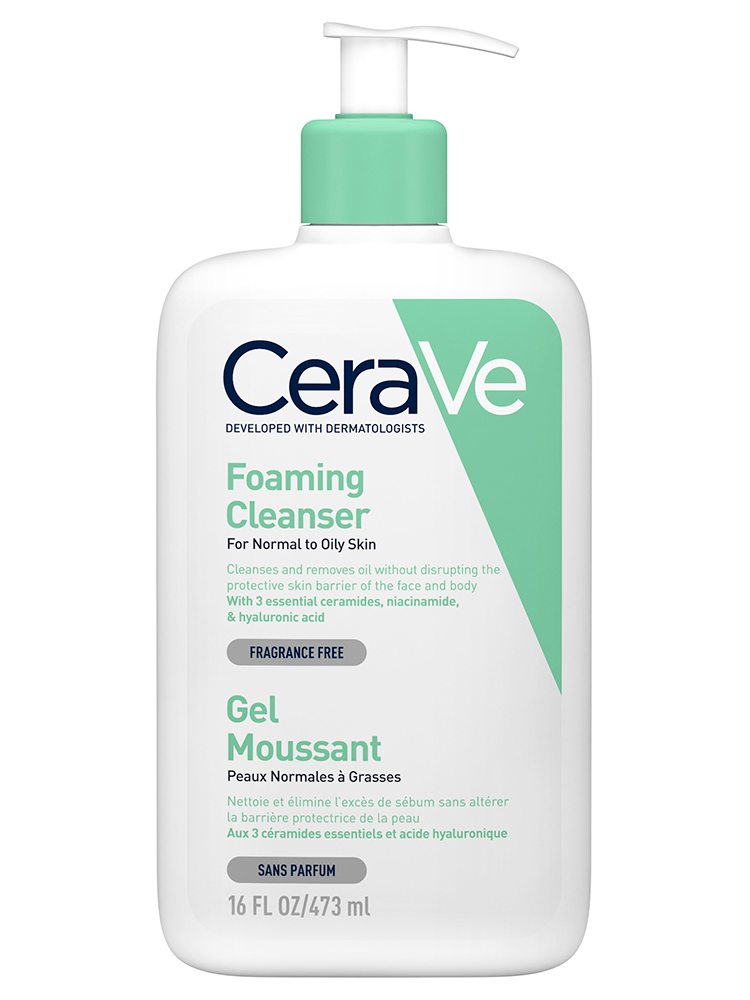The term cleanser refers to a product that cleans or removes dirt or further substances. A cleanser could be a detergent, and there are many types of cleansers that are produced later than a specific objective or focus. For instance a degreaser or carburetor cleanser used in automotive mechanics for cleaning certain engine and car parts.
Other varieties increase the ones used in cosmetology and dermatology or skin care. In this case, a cleanser is a facial care product that is used to sever make-up, dead skin cells, oil, dirt, and extra types of pollutants from the skin of the face. This helps to unclog pores and prevent skin conditions such as acne. A cleanser is the first step in a skin care regimen and can be used in complement of a toner and moisturizer, in the same way as cleansing.
Using a cleanser designated for the facial skin to cut off dirt is considered to be a augmented vary to bar soap or different form of skin cleanser not specifically formulated for the face for the following reasons:
Bar soap has an alkaline pH (in the area of 9 to 10), and the skin's surface pH is upon average 4.7. This means that soap can change the financial credit present in the skin to favor the overgrowth of some types of bacteria, increasing acne. In order to maintain a healthy pH tally and skin health, your skin must sit on the proper pH level.
Bar cleansers have thickeners that allow them to assume a bar shape. These thickeners can clog pores, leading to acne.
Using bar soap upon the direction can separate natural oils from the skin that form a barrier adjacent to water loss. This causes the sebaceous glands to behind overproduce oil, a condition known as reactive seborrhoea, which will lead to clogged pores. In order to prevent airing out the skin, many cleansers incorporate moisturizers.
The Body Shop Tea Tree Skin Cleansing Foaming Cleanser - 150 ml
NEW from Clinique! Extra Gentle Cleansing Foam - BeautyTidbits




